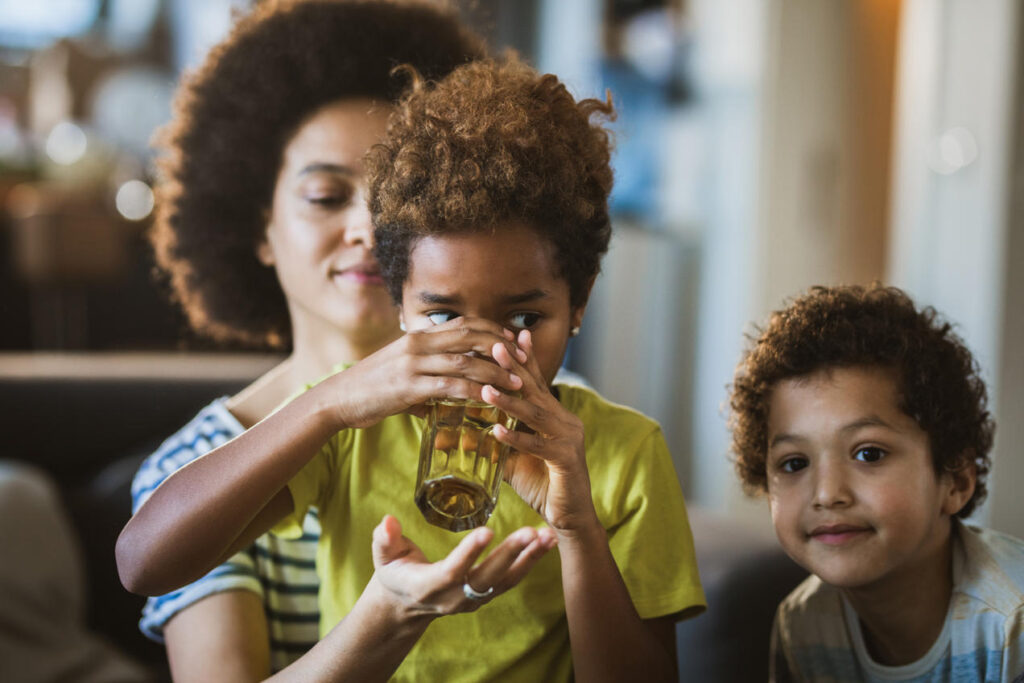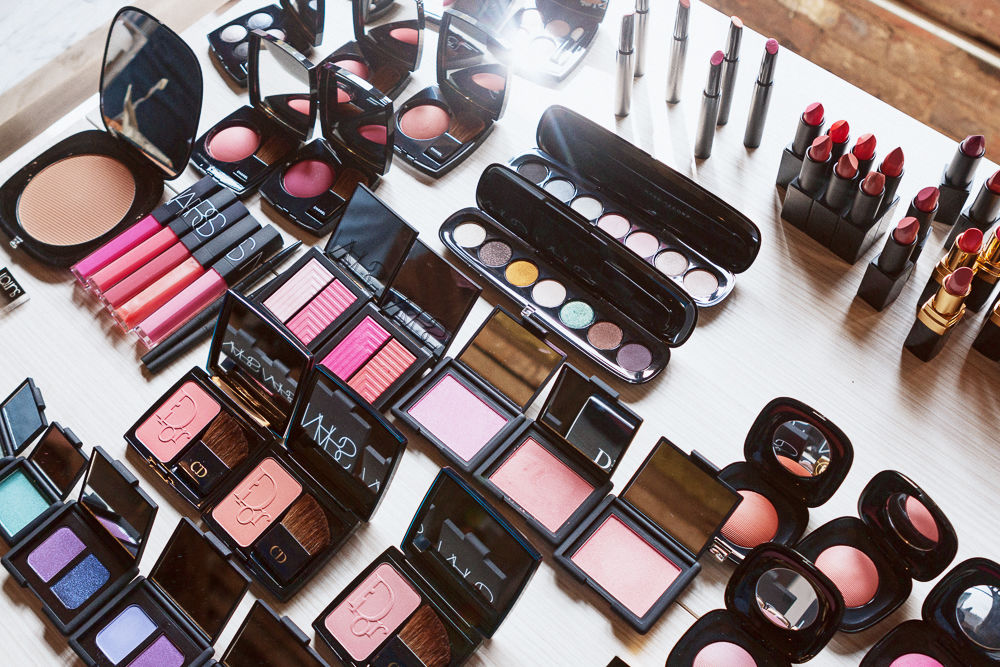
By Arianna Mackey
I was raised in Hampton Roads, Virginia. It’s a military area with plentiful bases and government facilities. It also happens to be home to many lower-income, minority people. According to the Hampton City Council’s website, “49% of the Hampton Roads area identifies as Black or African American.” Hampton Roads also ranks very high on Environmental Justice screenings such as the EPA’s EJSCREEN and ECHO. These screening tools show that minority communities in VA rank high in Superfund site proximity, poor air and water quality, and exposure to wastewater discharges. Communities with minority and lower-income demographic indicators are often neglected in terms of environmental enforcement. Even though many of these are government facilities and have regulations to follow, they have long records of noncompliance. This is extremely detrimental to the people residing within these areas, as they may experience environmental hazards similar to the Flint, Michigan water crisis.
In this area of Virginia, high levels of lead are often found in the dirt and water, which is a primary concern for parents with growing children. 166 out of 100,000 children in this area get lead poisoning each year. Lead poisoning is often linked to developmental and behavioral issues down the line in a child’s life. For more information and resources about lead contamination in Virginia please visit: United Parents Against Lead and Other Environmental Hazards. Residents of Newport News and Norfolk, Virginia are also being poisoned by coal dust emitted from nearby facilities and industrial plants. Gas lines in Chesapeake pose a serious threat too as they emit harmful gasses like formaldehyde and other carcinogens, not to mention running the constant risk of sudden explosion. Chesapeake also has the worst air pollution in the state due to neighborhoods surrounding compressor stations. Despite all this visible pollution, there are not any environmental justice policies in place within the Commonwealth of Virginia. Environmental justice policies must be enforced to protect the environment for all, especially lower income/minority populations.
In addition to existing environmental racism, there are several plans and projects that will worsen the environmental degradation in the state of Virginia. Virginia Natural Gas, which serves more than 300,000 residential, commercial, and industrial customers in southeastern Virginia, proposed a plan in 2020 called the “Header Improvement Project” (HIP). It would consist of 3 fracked pipelines, 3 gas compressor stations, and span 24 miles, impacting various cities in Hampton Roads, such as my hometown, Chesapeake, and Prince William, Hanover, and New Kent counties. The project would also be routed solely through low-income and African American neighborhoods. Locals rebranded the effort as the “Header Injustice Project.” Fortunately, this project was halted and the permit for this gas infrastructure was denied because of the grassroots efforts by the Stop the Abuse of Virginian Energy (SAVE) Coalition. If passed, this environmentally racist and destructive pipeline could have threatened local drinking water quality, increased noise and air pollution, and jeopardized local public health and safety.

